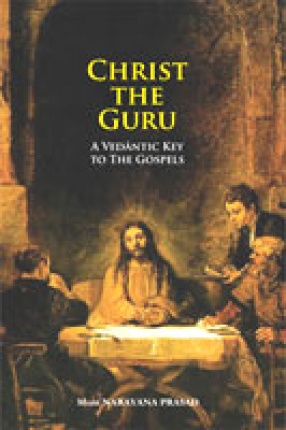
Swami Muni Narayana Prasad

Showing all 19 books
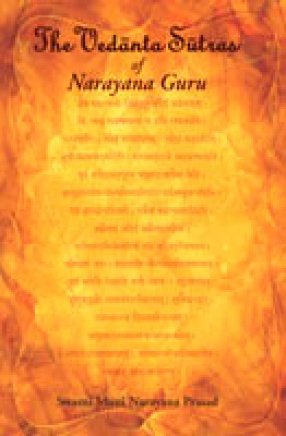
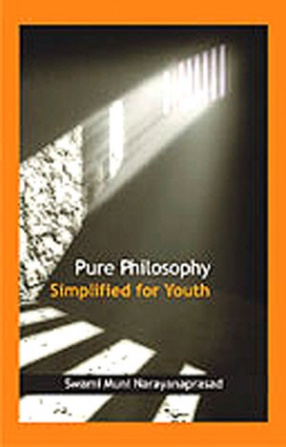

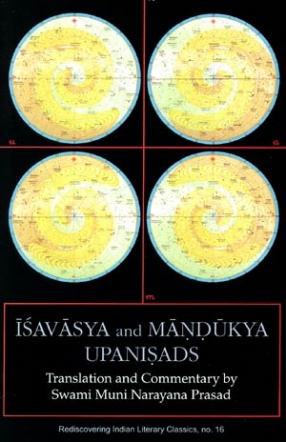

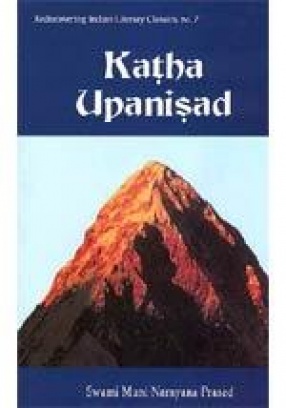
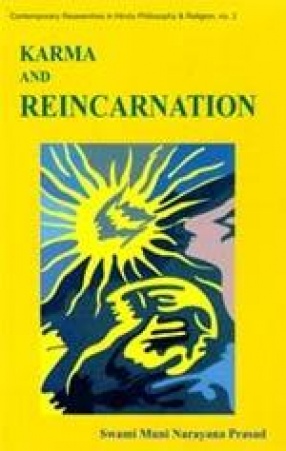


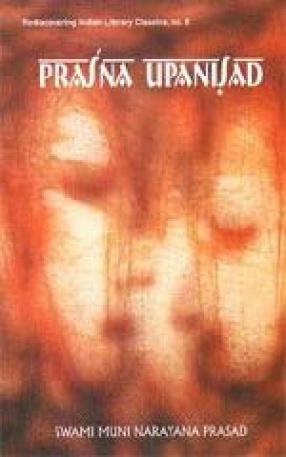
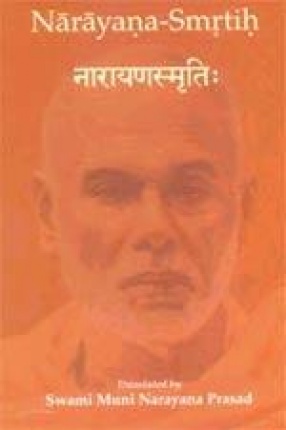

The ocean of philosophical insight hiding in the words and story of Jesus Christ has influenced and charged millions of people and are still inspiring. The teaching and philosophy discerned across the four Gospels — According to Matthew, Mark, Luke and John — have stirred the philosophical perspective of Muni Narayana Prasad and it paved the way for him making a Gospel commentary in the light of Indian philosophy, Advaita Vedanta. In his scholarly ...

India's wisdom, one may say, attained its maturity in the Vedanta -- the end or culmination of veda (knowledge). Vedanta may be seen as the finest fruit on the tree of India's wisdom, for it brings the seeker that ultimate knowledge that ushers in the gift of self-fulfilment (ananda). Over the centuries, brilliant saint-scholars like Shankara, Ramanuja, Madhva have interpreted the Vedanta in different ways. The philosopher-poet Narayana Guru belongs to this class ...
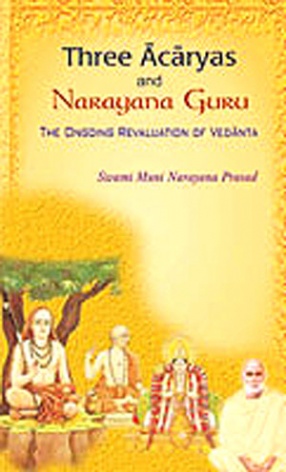
Shankara, Ramanuja and Madhva are considered the three acaryas of South India who commented on the three basic texts of Vedanta, that is, the Upanishads, the Brahma-Sutras and the Bhagavad-Gita, and therefrom originated the three major schools within the Vedanta fold -- Advaita, Vishishtha advaita and Dvaita respectively. This volume is concerned with the philosophy of the famous saint-teacher Narayana Guru and his perspectives on the philosophies of the three ...

This small book was originally meant to be a textbook on "Philosophy," to be used in undergraduate studies in all Indian universities, if made a compulsary subject. The compelling necessity of doing so is made clear in the "Introduction." Even otherwise, all the educated youth will find this book useful as a guide in life. Fully grown-ups and even elders will find it beneficial to lead themselves and their children.The first five chapters ...

Brahmavidya pancakam, Advaita dipika, Arivu, Homa mantram, Daiva dasakam.
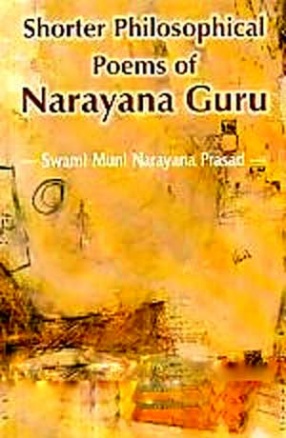
The work collects Narayana Gurus most important shorter philosophic poems into one volume. They are respectively, the Brahmavidya Pancakam (Science of the Absolute), Advaita Dipika (Lamp of Non-Duality), Arivu (Consiousness Examined), Homa Mantram (Fire Oblation) and Daiva Dasakam (Ten Verses Addressing God). The verses are rendered into English and commented upon extensively by Swami Muni Narayana Prasad. Alongside the Gurus Atmopadesa ...

The volume contains a detailed commentary on two important Upanishads, the Ishavasya and the Mandukya.The Isha Upanishad states straightaway what Brahmavidya is. It clarifies three different paths in human life: two leading to final liberation and unconditioned happiness and the third leading to the demonic world of darkness and sufferings in life.The Mandukya Upanishad, which is also the shortest Upanishad, states concisely what Vedanta basically teaches ...
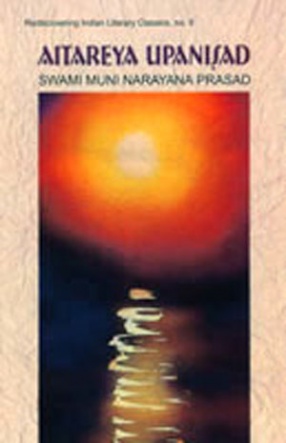
Yet another masterly piece of Hindu spiritual wisdom, Aitareya essentially reinforces the grand Upanishadic message which is neither a picturesque mythology nor a promise of heaven nor a threat of hell. It is yet another reminder (from the ancient seers) of our cosmic connection -- showing how this universe, this phenomenal world of ours, and all that is created, whether movable or immovable, are unfolded from one primeval casual Reality: atman, variantly called ...
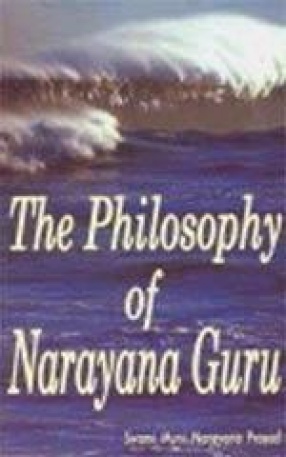
Narayan Guru (1854-1928), a much revered philosopher-saint of South India, revisualised the essential Upanisadic thought a freshness of perspective. Further, he applied basic aspects of his Upanisadic philosophy successfully to bring about radical social transformations. This book deals with his philosophy as discussed in his major work, Atmopades Satakam (One Hundred Verses of Self Instruction) but incorporates views and ideas from his other works as well. The ...

Kenopanishad is one of the major Upanishads containing the quintessence of the teachings of the ancient Indian seers. It represents their spiritual quest to apprehend the nature of the Ultimate Being and comprises the yearning for the wisdom that explains the relation of human life to the world and the reality. The beauty of this Upanishad is greatly enhanced by the dialogue between the disciple and the preceptor, through which it continues its quest.Swami Muni ...

Man has always been perplexed with the 'now' and 'hereafter' of his worldly existence. The enigma, called life, with all its attendant uncertainties and everyday strifes and irritants, continues to defy experimental/realistic investigation - despite all the exciting advances in science. We still age, we still die. We are as mortal as ever. Life remains a mystery. And death remains, in Shakespearean phraseology, "the undis-covered country". A masterpiece ...
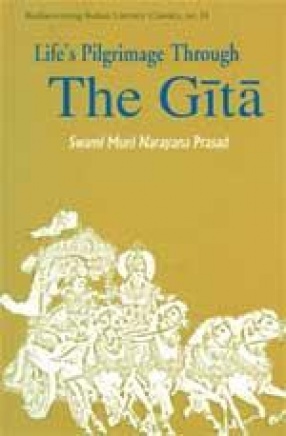
The Bhagawad gita, in this commentary is realized as a philosophical treatise of universal significance, having a bearing on the personal existence of each of us, as it is inseparably one with the existence of the whole. Taking cognizance of the overall development of the thought in the text, it enunciates the first half as visualization of the oneness of the total system of existence and life with one Absolute Reality; with the second half insightfully ...

The atman (soul), in the Eastern belief system, is eternal, immortal. The phenomenon of (physical) death is, thus, nothing but its disembodiment and its ‘reincarnation’ in a new body. And what determine as atman’s choice of a new body is the law of karma — the merits and demerits of one’s actions in the present life. The notions of karma and reincarnation constitute the fundamental tenets of Indian thinking; though these, like many other doctrinal ...
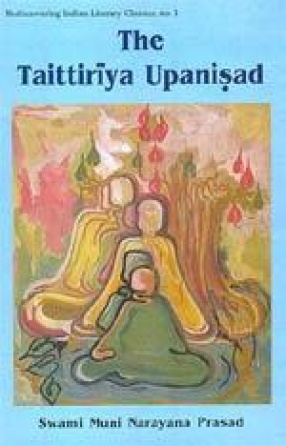
The Upanishads capture the quintessence of Indian spiritual wisdom-unfolding deep-set, highly perceptive reflections on human existence and how it is related to cosmic mystery. Authored by enlightened seers, at different times, during 1500-200 b.c., the Upanishadic message inheres neither a promise of heaven, nor scare of hell. Rather, it is a magnificent vision that raises human consciousness to sublime heights. The Taittiriya -appended to the Krishna (Black) ...

India's wisdom, one may say, attained its maturity in the Vedanta - the end or culmination of veda (knowledge). Vedanta may be seen as the finest fruit on the tree of India's wisdom, for it brings the seeker that ultimate knowledge that ushers in the gift of self-fulfilment (ananda). Over the centuries, brilliant saint-scholars like Shankara, Ramanuja, Madhva have interpreted the Vedanta in different ways. The philosopher-poet Narayana Guru belongs to this class ...

Chandogya is the most intriguing of all the Upanishads. It begins with directing the priests of a Soma-yaga to see the hidden wisdom-significance in what they perform and recite as a brute ritual. This sublimating of ritualism gradually leads us to perceiving the entire life system as a yajna held in and performed by Brahman. The next step this perception leads us to is “sarvam khalvidam brahma†(everything here indeed is Brahman). Then the enquiry as to what ...

In Upanishads is articulated not only the quintessence of spiritual wisdom, but also the remarkable philosophical genius of the classical Hindu mind. Owing, however, to their complexity, metaphor, and even obscurity, Upanishadic writings have been endlessly debated, discussed and written upon, more specially since Shankara’s time. Swami Narayana Prasad’s commentary is yet another valuable addition to the existing literature ...

Smrtis, in Indian spiritual lore, denote the class of canonical texts that teach traditional laws, civil or religious, as against srutis that reveal the eternal Reality. Such laws, as it to be presumed, need periodical revision or modification, or ever total nullifying and replacement. Narayana Guru took up the challenge to write a new Smrti text when he felt that the two-thousand-years old Manusmrti has became outdated for modern times. Narayana Smrti is an ...
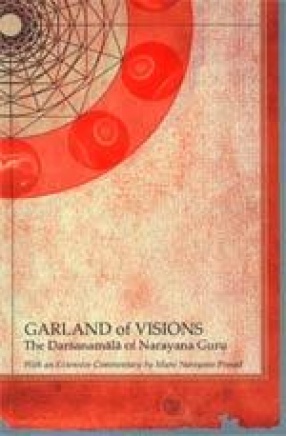
In his most important Sanskrit work Darsanamala, Narayana Guru adopts a hitherto uncharted method of viewing the non-dual Brahman from ten different philosophical vantage points and leaving the student-seeker to intuitively perceive on one's own the one ineffable Reality. The ancient Upanisadic wisdom is thus condensed and restated by the Guru in terms comprehensible to the mind-set of the Age of Science. How brahmavidya naturally becomes the Science ...
